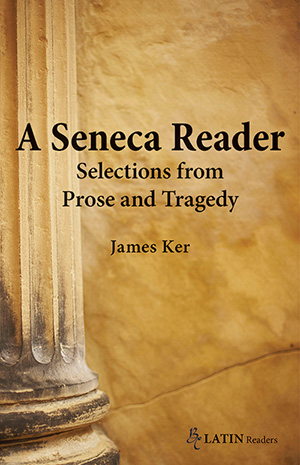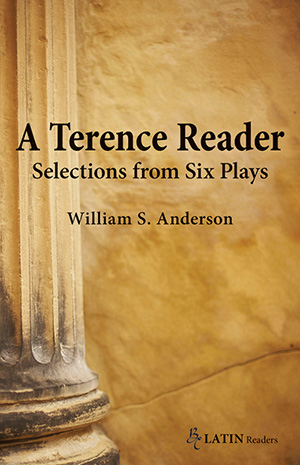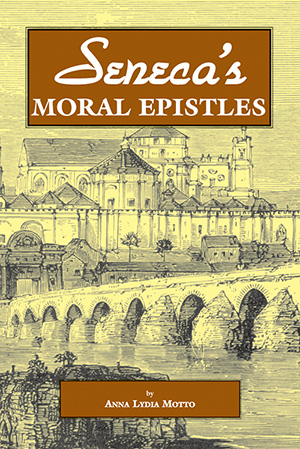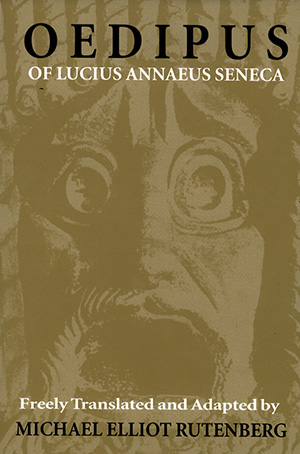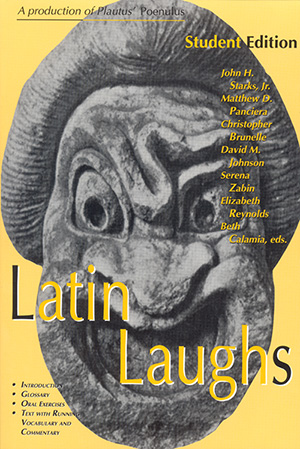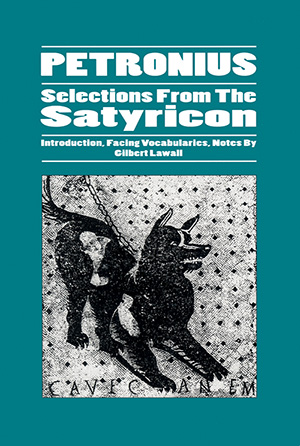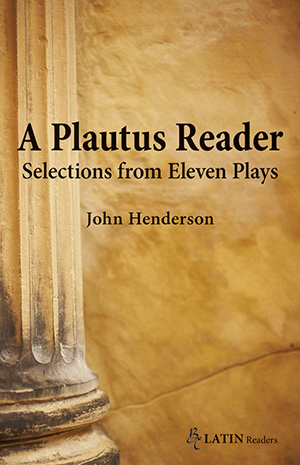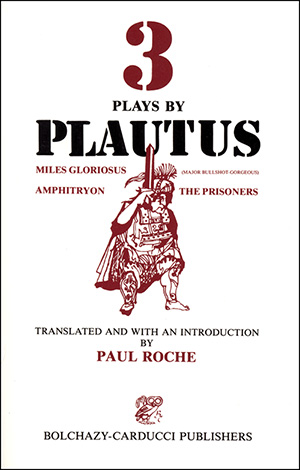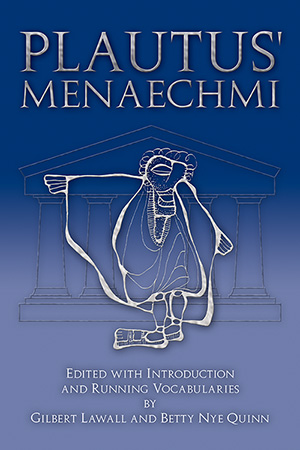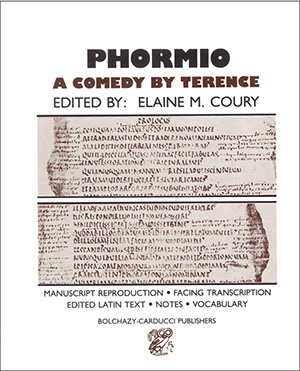Complete with abundant notes and vocabulary aids, this text makes Seneca's masterpiece of Roman tragic poetry an accessible Latin read for advanced high school and college students at the intermediate level. Forty pages of analysis questions and comments and an updated English translation of Euripides' Hippolytus for comparison provide instructors and students a full course unit.
Special Features
- Full unadapted 1,280 lines of Latin text with macrons
- Stage directions
- Facing-page vocabulary and notes
- Metrics explanation and metrical annotations throughout the text
- Questions for discussion and study keyed to line numbers
- Analysis comments
- English translation of Euripides’ Hippolytus
- Four black-and-white photographs
You can be the first one to write a review.

The Phaedra and the Menaechmi are especially good to see, as we plan to offer Roman Drama as a topic for our Advanced Latin Institute next summer (1983). Since we provide vocabulary glosses for students to ease the pressure of using, the dictionary, the appearance of your volumes will save us a great deal of work. I hope we shall be able to use them next summer.
by: Floyd Moreland,– The Graduate School and University Center
The purpose of this book, according to its editor-authors, is ‘to make one of the influential master works of Roman tragic poetry readily accessible to students in their second or third year of college Latin’ (p. 1). In Part I the unaltered Latin text (that of Giardina, Bologna, 1966) is presented with macrons and full stage directions in English. Each page of the Latin text is accompanied by running vocabularies, translation aids, identification of the mythological allusions, and a labeling of the meter employed. Part II includes a detailed discussion of metrics and study questions and comments on Seneca’s text. The study questions and comments are grouped by line numbers. A new translation of The Hippolytus of Euripides is included for ‘careful study alongside the Latin play’ (p. 1). Several black-and-white photographs relating to the story of Phaedra or to Roman theater are also included.
The study questions and comments provide abundant material for class discussion or independent study. They almost compel the student to read the text carefully and perceptively. The Latin-English vocabulary and translation aids which face each page of the Latin text greatly facilitate the reading. The new and highly readable translation of The Hippolytus of Euripides is welcome and convenient.
Though the book was developed with college students in mind, it could probably be used successfully by advanced high school students or by adults who wish to do some independent reading in Latin literature.
One might wish for a slightly larger typeface for the Latin text itself. I saw only one typographical error, viz., on p. 38 cyngnus for cygnus.
The publishers and author-editors deserve our thanks and congratulations for making this stimulating edition widely available in economical format.
by: Rudolph Masciantonio,– New England Classical Newsletter


